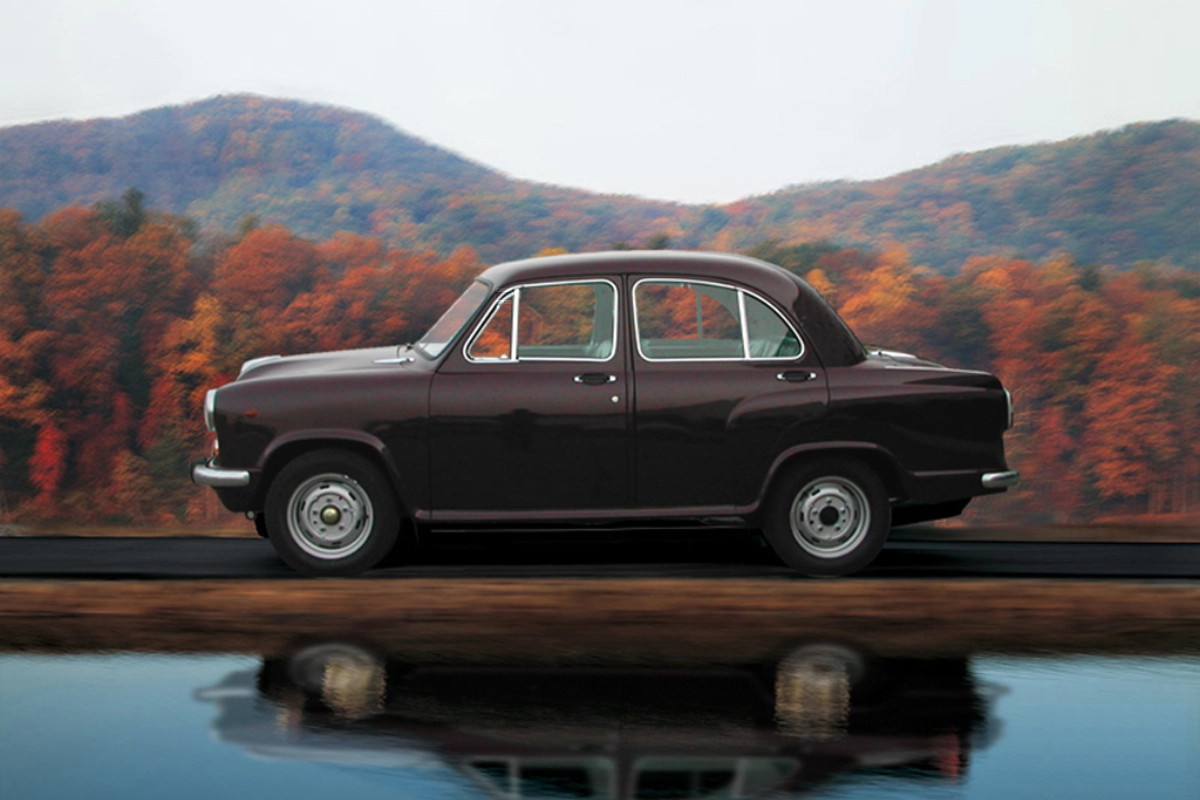Ambassador: Now, the Hindustan Ambassador has been confined to the pages of history. At the Uttarpara factory, outside Kolkata, the production of this legendary car, which was India’s longest-running serially built car, has ended. The Ambassador has had numerous responsibilities over its more than five-decade production cycle at Uttarpara. The Hindustan Ambassador in India represented many things to many individuals, having served as a vehicle for the common people’s daily commute as well as a mode of transportation for the country’s political elite. In this article, we will talk about the rise and fall of the most iconic car in India, The HM Ambassador.
Rise of the Ambassador
B. M. Birla founded Hindustan Motors Limited (HM) in 1942, and it was instrumental in launching the Indian auto sector. The trip began in Port Okha, Gujarat, aboard the Morris 10, which was subsequently converted to the famous Ambassador. This vehicle was derived from the British-manufactured Morris Oxford Series III, which was produced by Morris Motors Limited in Cowley, Oxford, United Kingdom, from 1956 to 1959. However, it soon became a symbol of Indian highways. The Morris 10 was originally assembled by Hindustan Motors as the Hindustan 10.
Indian families and government officials appreciated the Ambassador because of its spacious form. The Ambassador was more than just a car; it was a symbol of pride in the country. But HM’s durability was what kept it at the top of the market.
Fall of the Ambassador
The Ambassador car, a classic representation of India’s automotive industry, found its greatest lasting use as a nationwide fleet of taxis in its latter years. These recognisable yellow taxis, which bore the Ambassador’s unique style, were an essential feature of India’s suburban and urban environment. Because of their spacious cabins and sturdy construction, they were the go-to option for both commuters and taxi drivers, providing a dependable and comfortable means of transportation for many years to come.
But as the market changed, these once-ubiquitous yellow taxis became nostalgic, marking the end of a chapter in the history of Indian transportation.
Even under B. M. Birla’s inspiring leadership and the company’s later executives ignored the changing nature of the market. The Ambassador would eventually have to go since it was unable to stay up with the constantly changing market.
Reasons behind the downfall?
Outdated Design
When compared to more modern and fashionable vehicles hitting the market, the Ambassador’s design seemed ancient since it was mostly unchanged for several decades. International auto manufacturers started to attract customers who preferred their newer, more modern designs.
Increased Competition
Foreign car manufacturers were able to enter India after the country’s economy was liberalised in the 1990s. With cutting-edge technology, gorgeous designs, and affordable prices, international manufacturers like Suzuki, Hyundai, and Honda made their debut in the Indian market. These producers presented The Ambassador with fierce competition by providing Indian buyers with more enticing choices.
Lack of Innovation
Hindustan Motors was unable to stay up to date with innovations and technological breakthroughs in the car business. The Ambassador lacked comforts and equipment like air conditioning, power steering, and sophisticated safety features, which were becoming more and more standard in automobiles. Due of this, the car became less desirable to Indian consumers with their changing wants and tastes.
Keep watching our YouTube Channel ‘DNP INDIA’. Also, please subscribe and follow us on FACEBOOK, INSTAGRAM, and TWITTER.
